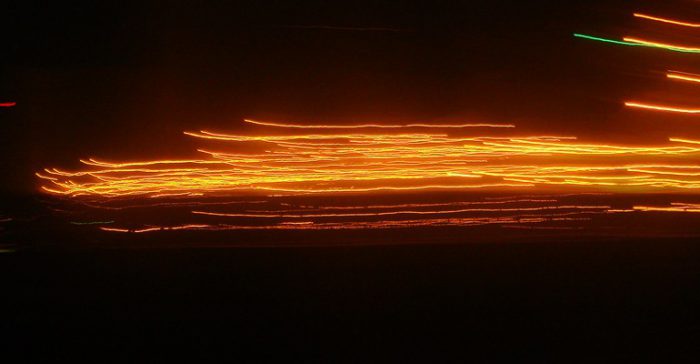Gita Subramony, April 13, 2016. Image credit: Chris Young
The current Habitat Magazine features a profile of a recent cogeneration, or combined heat and power (CHP), project in Queens. The Roosevelt Terrace co-op in the Jackson Heights section planned a multi-phase CHP project that includes two 75 kW systems that have already been installed and another 100 kW system currently in the installation phase. With more than 4,000 units, the apartment building is an example of a prime candidate for CHP due to its year-round and coincident need for both electricity and heat. The existing CHP plant currently takes care of the entire summer hot water needs for the facility and significantly reduces the amount of power the building needs to buy from Con Edison. The second phase of the project will allow the building to meet all of its hot water needs year-round from the CHP system. Case studies like these show that the marketplace for small and medium-sized CHP systems in the New York City region is growing. NYSERDA’s CHP Program has been a large part of that trend.
Turning Captured Steam Into Gold
Habitat, April 8, 2016
The massive Roosevelt Terrace co-op in Jackson Heights, Queens, has done something nearly miraculous. They’ve cut their energy usage by 59 percent, resulting in annual savings of about $360,000.
How did they do it? The short answer is: cogeneration, otherwise known as combined heat and power acceleration, or CHP.
While there are many different factors that have to be considered with cogen, Giampaolo says that a building with a 75 kW system would need at least a 60,000 kW electrical load monthly, and a thermal load of about 3,000 therms per month. (That’s usually about 200 apartments.)
The project at the 4,370-unit Roosevelt Terrace co-op was installed alongside the existing boilers. The first phase – two separate 75 kilowatt (kW) systems – went online in July 2012 in Buildings 1 and 2. The kW size is tied to the electrical demands; more power or hot water needed equals larger-sized units. The second phase, underway now, will use a unique solution that involved installing a single 100 kW unit to power both Buildings 3 and 4. It is expected to be online in time for the summer air conditioning load.
